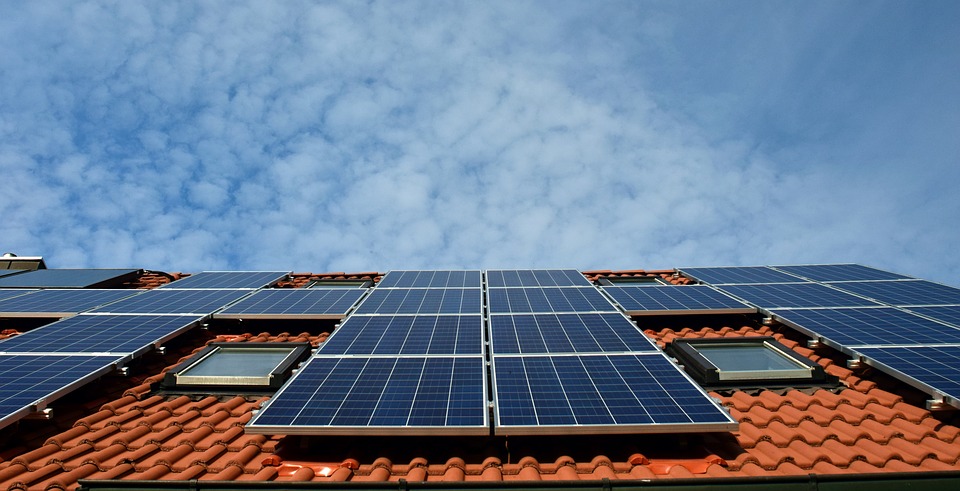Solar target
India is set to meet its target of adding 10,000 MW of solar capacity in 2017-18, almost twice that of the increase in 2016-17.
The country had added 5,526 MW of solar capacity in the last fiscal, which was itself a record at the time.
Capacity addition
The total capacity at the end of 2016-17 was 12,288.8 MW, which means that 7,295 MW had been added till end-February and another 2,700 MW is expected to be commissioned in March. The capacity addition is expected to accelerate further in 2018-19.
Solar tariffs reached a record low of Rs 2.44 per unit at an auction held by Solar Energy Corporation of India (SECI) for 500 MW of projects at the Bhadla Solar Park in Rajasthan in May 2017, which compares favourably with the cost of thermal power.
States contribution
India has declared an ambitious target of 100,000 MW of solar capacity by 2022, which MNRE officials are hopeful of reaching.
Of the 7,295 MW added until end-February, the highest was by Karnataka, which commissioned a record 2,628.62 MW of projects in 11 months. This was followed by Telangana, which added 1,995.69 MW. Capacity addition in other states was way lower, with the third highest being Rajasthan with 502.83 MW.

